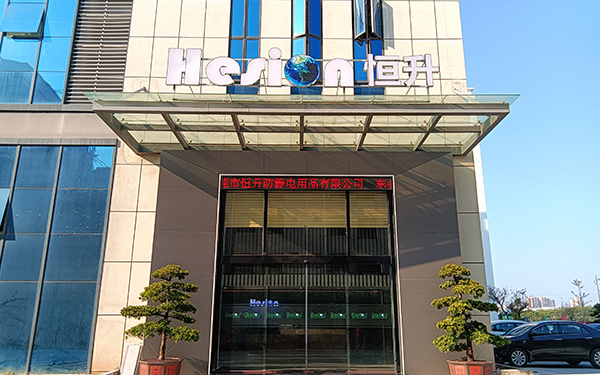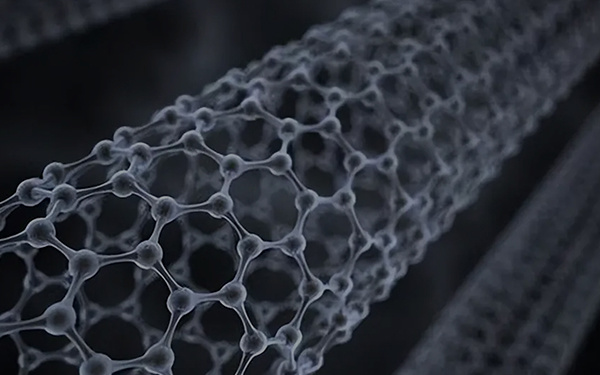



- Detailed description
-
Anti-static shielding film is a composite material designed to prevent electrostatic accumulation and electromagnetic interference (EMI). It is commonly used for packaging, isolation, and protection of electrostatic sensitive products such as electronic devices and circuit boards.
Product Description:
1. Material and Structure:
• Anti-static shielding films usually consist of multiple layers, including an anti-static layer, a conductive layer, and a barrier layer. The anti-static layer is made of conductive or electrostatic dissipative materials to effectively release and dissipate static charges; the conductive layer usually contains metal foil (such as aluminum foil or copper foil), providing excellent electromagnetic shielding; the barrier layer enhances the physical strength and protective performance of the film.
2. Functional Characteristics:
• Anti-static performance: The surface resistivity is typically below 10^11 ohms/square, allowing for the quick and effective dissipation of static charges, preventing electrostatic discharge from damaging sensitive electronic components.
• Electromagnetic shielding function: Effectively blocks and reflects electromagnetic waves, preventing external electromagnetic interference from affecting internal circuit operation, while preventing internal signal leakage to ensure information security.
• Physical properties: It has good mechanical strength, temperature resistance, weather resistance, and flexibility, is easy to cut and package, and is suitable for electronic components of various shapes and sizes.
3. Application Range:
• Widely used in the packaging, shielding, and protection of electronic components and assemblies in the electronics manufacturing, communications equipment, aerospace, and military defense industries.
• Plays a key role in electrostatic and electromagnetic interference protection during the transportation and storage of high-end electronic products such as PCB boards, FPGAs, ASICs, and microprocessors.
4. Usage and Maintenance:
• During use, the anti-static shielding film should be in close contact with the protected object and connected to a reliable grounding system to ensure effective static dissipation.
• During cleaning and storage, avoid using chemicals that may affect its anti-static and electromagnetic shielding performance, and ensure that the storage environment temperature and humidity meet the product's usage conditions.
5. Specifications and Customization:
• Anti-static shielding films are available in various thicknesses, widths, and lengths










